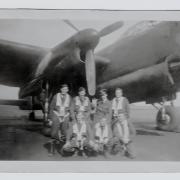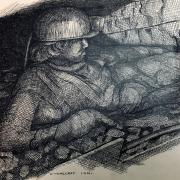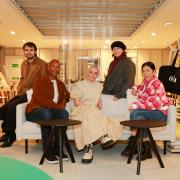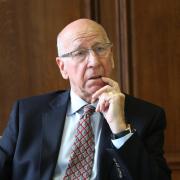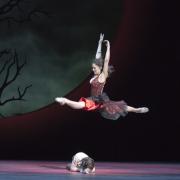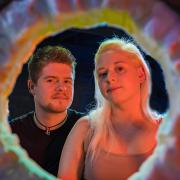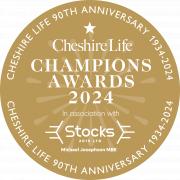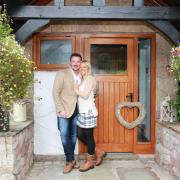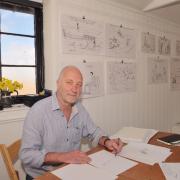If walls could talk, they say... well, now they do. BBC TV presenter Louise Minchin is now broadasting from an ancient monument near you
When I spot an ancient tree supported by a thick gnarled trunk, its bark pitted with deep crevices, I often wonder, how old it is and how much history has it witnessed? The same is true of very old houses. I love homes that have been lived in for hundreds of years by generations of different families and think, if their antique fireplaces, mantle-pieces or timber beams could speak, what stories would they tell?
So, when I was asked if I would volunteer to be the voice of one my home city of Chester’s historic walls, and tell it’s story, from the wall’s perspective, I was fascinated.
If you have heard of London’s Talking Statues, you might have already listened to the likes of Patricia Hodge re-counting a young Queen Victoria’s story, as you stand beneath the impressive marble statue of the monarch in Kensington Palace. Or perhaps you have heard Nicolas Parsons animating the voice of Samuel Johnson’s cat, Hodge, in the City of London, or Patrick Stewart as the Unknown Solider in Paddington Station. The Talking Statues are a brilliant, interactive way of learning about the history of our surroundings.
Chester’s Talking Walls project has been created by the same organisation, Sing London. From this month, for the next year, you will be able to hear stories voiced by people who know, love or work in Chester, including my friend and fellow news presenter, ITV’s Lucy Meacock, one of the city’s former MP’s, Gyles Brandreth, and me. There are over twenty different walls, which will speak, including Chester Cathedral, The Grosvenor Museum and the Old Queens Head.
The one I have chosen to voice is King Charles Tower, which is an imposing, fortified watchtower, on the northeast city walls, near the Cathedral. It appealed to me because its history serves as a reminder that even way back in the 17th Century there was fake news. The inscription above the ancient door reads; ‘King Charles stood on this tower. Sept. 24. 1645 and saw his army defeated on Rowton Moor’. That’s why it is called King Charles Tower. But, the reality is, even, if you stand on the building’s highest point, you can’t see Rowton Moor: it is three miles away to the West of Chester towards Christleton. What he might have seen is his soldiers returning from the battle, not the fight itself. To me the tower shows how, over time, a myth can be labelled as fact, and reminds me how important it is to question things, and to try to find out what the truth is.
For more information about this exciting new project please visit www.talkingwallschester.co.uk
THIS MONTH
I’m looking forward to...
Walking the walls of Chester and hearing their individual stories. If you want to hear what they have to say, just swipe your phone on a nearby plaque and you will get a call from the wall, for your standard network charge
I’m not looking forward to...
The long weeks ahead waiting for my daughter to find out her GCSE results






